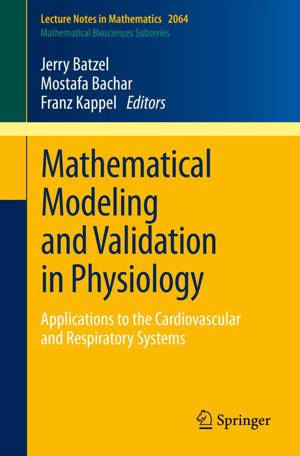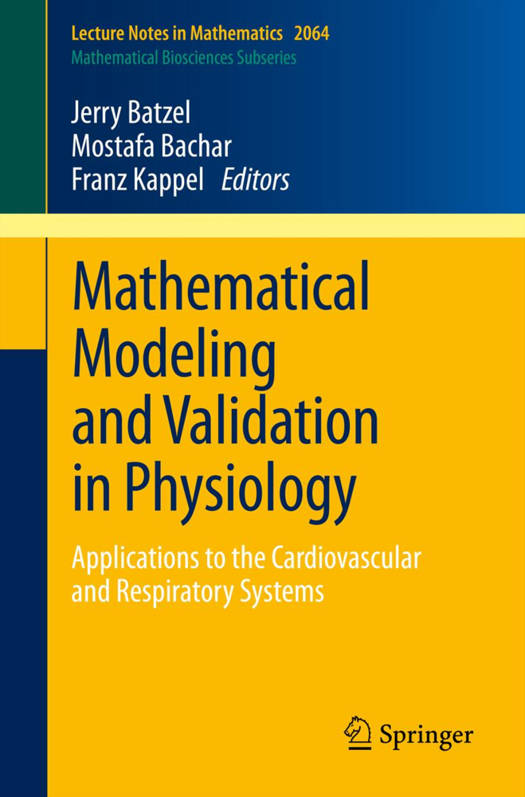
Door een staking bij bpost kan je online bestelling op dit moment iets langer onderweg zijn dan voorzien. Dringend iets nodig? Onze winkels ontvangen jou met open armen!
- Afhalen na 1 uur in een winkel met voorraad
- Gratis thuislevering in België vanaf € 30
- Ruim aanbod met 7 miljoen producten
Door een staking bij bpost kan je online bestelling op dit moment iets langer onderweg zijn dan voorzien. Dringend iets nodig? Onze winkels ontvangen jou met open armen!
- Afhalen na 1 uur in een winkel met voorraad
- Gratis thuislevering in België vanaf € 30
- Ruim aanbod met 7 miljoen producten
Zoeken
Mathematical Modeling and Validation in Physiology
Applications to the Cardiovascular and Respiratory Systems
€ 52,95
+ 105 punten
Omschrijving
This volume synthesizes theoretical and practical aspects of both the mathematical and life science viewpoints needed for modeling of the cardiovascular-respiratory system specifically and physiological systems generally. Theoretical points include model design, model complexity and validation in the light of available data, as well as control theory approaches to feedback delay and Kalman filter applications to parameter identification. State of the art approaches using parameter sensitivity are discussed for enhancing model identifiability through joint analysis of model structure and data. Practical examples illustrate model development at various levels of complexity based on given physiological information. The sensitivity-based approaches for examining model identifiability are illustrated by means of specific modeling examples. The themes presented address the current problem of patient-specific model adaptation in the clinical setting, where data is typically limited.
Specificaties
Betrokkenen
- Uitgeverij:
Inhoud
- Aantal bladzijden:
- 254
- Taal:
- Engels
- Reeks:
- Reeksnummer:
- nr. 2064
Eigenschappen
- Productcode (EAN):
- 9783642328817
- Verschijningsdatum:
- 14/12/2012
- Uitvoering:
- Paperback
- Formaat:
- Trade paperback (VS)
- Afmetingen:
- 152 mm x 229 mm
- Gewicht:
- 385 g

Alleen bij Standaard Boekhandel
+ 105 punten op je klantenkaart van Standaard Boekhandel
Beoordelingen
We publiceren alleen reviews die voldoen aan de voorwaarden voor reviews. Bekijk onze voorwaarden voor reviews.










